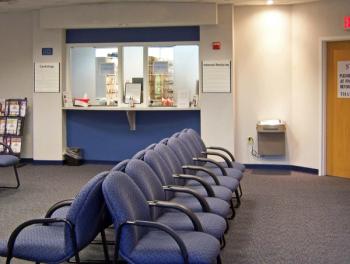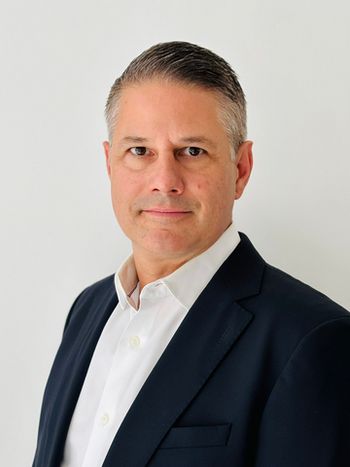
Industry payments start rolling in when new physicians begin practicing
Greater percentages of orthopedic specialists and neurosurgeons accept payments compared to internists, study says.
Once new physicians complete their training, it doesn’t take long for financial relationships and significant financial conflicts of interest to grow with health care industry players.
The findings were part of a study that examined “Trends in Industry Payments to Physicians in the First 6 Years After Graduate Medical Training,” an
The study analyzed records of the Open Payments Program, also known as the Physician Payments Sunshine Act, a payment database with figures reported yearly to the U.S. Centers for Medicare and Medicaid Services.
There were 45,745 physicians specializing in orthopedic surgery, neurosurgery, and internal medicine graduated from January 2015 to December 2019. They received payments totaling more than $172.26 million from July 2015 to June 2021.
As percentages of the working groups, the surgical specialists received more than the internists. In the first two years of independent practice, 95% of orthopedic surgeons and 92% of neurosurgeons accepted general payments of at least $5,000, compared to 59% of internists. For significant conflicts of interest in the first two years of independent practice, 24% of orthopedic surgeons, 15% of neurosurgeons and 3% of internists accepted at least $5,000 in general payments a year, the study said.
“It is unknown whether industry offered more payment opportunities to these physicians, these physicians sought more opportunities for industry payment, or both,” the study said.
Male physicians accepted more general payments than female physicians, with statistically significant differences between male and female physicians across all three specialties, the study said.
Debt vs. salary
Cost of medical education could influence physicians’ decisions about accepting payments, and there are differences in the mean
But the surgical specialists can earn twice
“Thus, it is unclear why surgical specialists and male physicians accepted higher general payments in their early independent practice,” the study said.
Conflicts of interest
The authors noted how money could create a medical conflict of interest “when a physician’s ability to act in the best interests of patient could be influenced by relationships with others.” Conflicts of interest may arise based on introductions of new therapies, devices, or medicines, and industry payments to physicians, they said.
As a result, the Institute of Medicine, the predecessor to the National Academy of Medicine, has “advocated for the medical community to identify, limit, and manage potential conflicts of interest,” the study said.
Researchers found the new physicians’ financial relationships expanded after the first two years of independent practice, but financial conflicts of interest are not limited to the newly minted physicians. The authors cited earlier research that examined the financial relationship between all doctors and the health care industry.
For example, in 2015, about 48% of all active U.S. physicians accepted $2.4 billion in industry-related payments, including $1.8 billion in general payments, $75 million for research, and $544 million for ownership or investment interests.
Newsletter
Stay informed and empowered with Medical Economics enewsletter, delivering expert insights, financial strategies, practice management tips and technology trends — tailored for today’s physicians.















